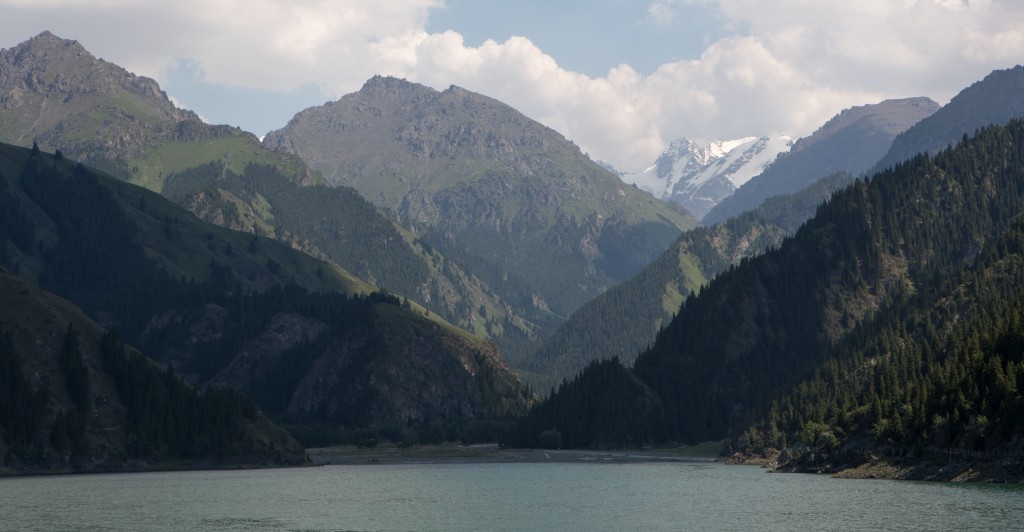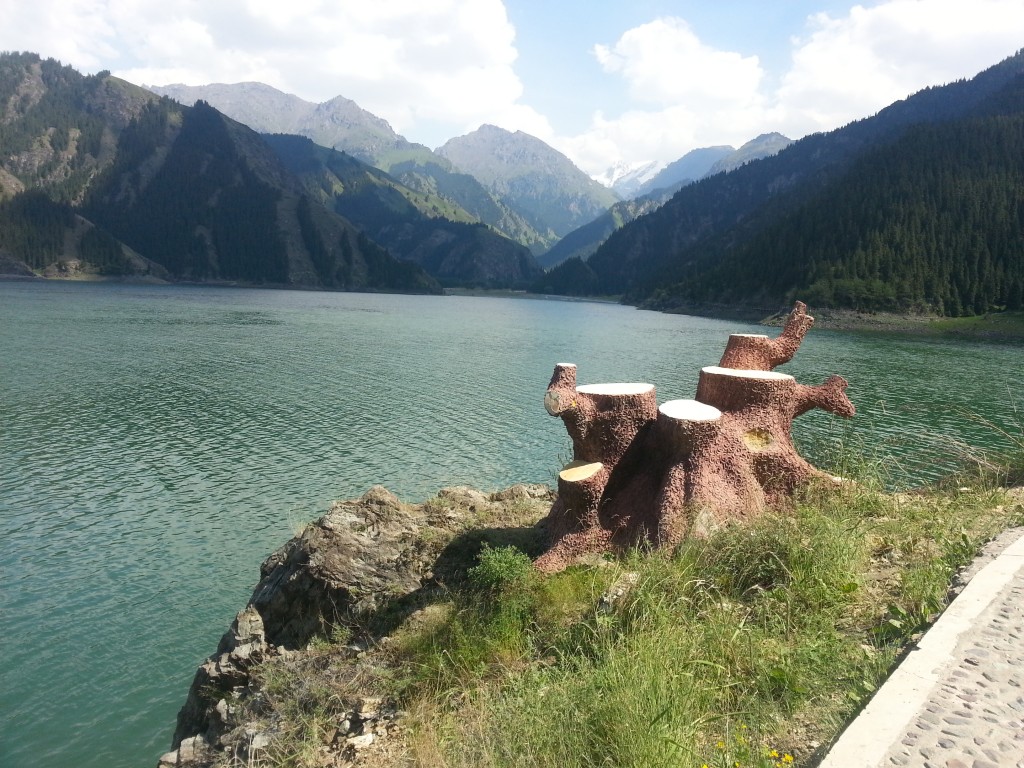“Leave it as it is. You cannot improve on it. The ages have been at work on it, and man con only mar it.”
– Theodore Roosevelt’s advice on the Grand Canyon
Our recent trips out into Tianchi National Park and Nanshan have taught us a little about China and its wild spaces. Touristy areas of Tianchi and Nanshan are being destroyed in the maw of “Development,” an all-encompassing concept in China that usually involves bulldozing whatever was there and building something new.
Reflexively, I think, most Americans think of the government as a protector of the wilderness in the National Parks. It was President Grant that established Yellowstone, the world’s first National Park, and the U.S. Army that kept it wild during its infancy and adolescence.
In China, however, the government is the problem, not the solution. It is the government and its drive for development that is the greatest danger to China’s wild spaces.
The Chinese government sees national parks, not as the people’s patrimony to preserve for posterity, but as a resource for making money and drivers for the economic development of local areas around the parks. Instead of putting consideration into how to help visitors understand and appreciate the parks, park administrators only consider how to squeeze more money out of visitors. In Tianchi, they have built buses, trams, ferries and speedboats in their search for more revenue. This drive to make money is what made Tianchi, or the north shore of the lake, feel like an amusement park, not a national park.
More damaging than the amusement park nature that sullies the parks, this drive for development gives rise to a harmful cycle that makes the parks increasingly less natural. The government wants to make money off the National Parks, so it charges more and more money for entrance to the Park. Some of this money enriches local elites and cadres, but some of this money is plowed into developing infrastructure in the park, as a justification for charging more for ticket prices.
To a limited degree, infrastructure is necessary for any national park. A park can have a museum explaining what makes the park special, the geology and ecology that drive the park. Trails in the backcountry can be built, allowing visitors to explore the park. Both of these are the simple kind of infrastructure projects that can help visitors grow more intimate with their Parks, which aids in the park’s protection.
However, building trails or educating visitors is a concept foreign to China’s National Park administrators. Their infrastructure always involves pouring concrete, digging up earth. As I mentioned in the Tianchi post, we found an extensive sprinkler system installed around the remotest parts of Tianchi Lake, and new concrete was being poured throughout the Park. Fake concrete tree stumps were even added. The government’s obsession with adding new infrastructure is making their parks less natural. The things that once set them apart, their wild beauty, is being eaten away by this infrastructure. They are paving over everything that once made these places special.
The truth is, the last thing Tianchi or Nanshan need is more Chinese-style development. They need to be left as they are. More concrete will only mar these places.


Joni Mitchell sang “They paved Paradise and put up a parking lot.” She ends the song with this phrase with with a perky tone to begin with but ends in a deep tone which implies death.